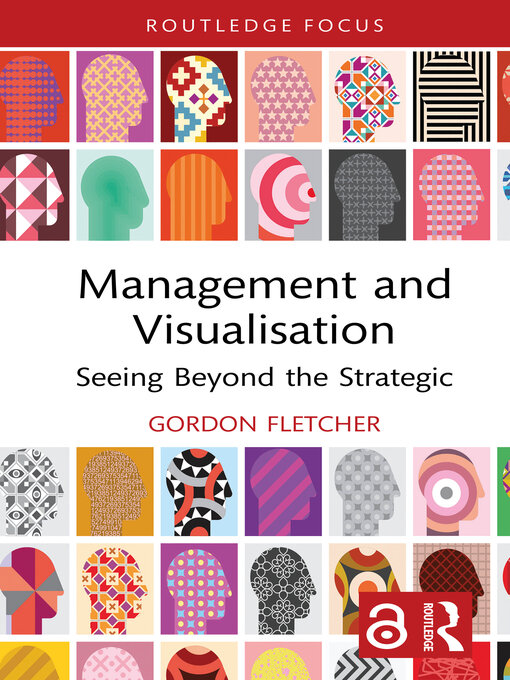As organisations of all sizes become increasingly digitalised, a core management challenge remains unresolved. The ability to successfully and sustainably connect the stated vision of an organisation with its strategic plans and, in turn, with the reported reality of day-to-day operations, is largely an elusive ambition, despite the many stated advantages provided by contemporary technologies. In this book, the case is made for visual management as a method of communications, planning, learning and reporting that connects the organisation in a single, meaningful and seamless way.
Throughout this book, visual management is theorised around the position that all forms of management documentation are an artefact of human construction and of the organisation itself that reflect learned patterns of activity. The book places visual management as a more intuitive and seamless method of coordinating, learning and communicating across an organisation than more traditional formats of presenting management documents. Consciously assembling the artefacts of an organisation in order to manage it introduces a layer of criticality that encourages reflection and consistency that is often absent from current management practice. The benefits that a visual approach brings to organisational management are an increasing necessity, as machine learning, robotics and process automation remove traditional roles from organisations and necessitate new views on how individuals now fit into a data-informed business.
The book contributes to the academic debate regarding resource-based and knowledge-based views of the organisation by advocating a different, more holistic viewpoint and will thus appeal to academics and researchers in this area. It would also benefit students across business disciplines, whilst the practical models and tools offered will benefit directors and managers looking to implement their own visual organisational language.

